Countries including Brazil and India – both now subject to 50% tariffs on exports to the United States – are reassessing their trade strategies and seeking alternative partnerships.
The tariffs, introduced through presidential executive orders, extend beyond efforts to balance the US trade deficit. Analysts note that Washington’s approach has at times linked tariff measures to broader political considerations, which has prompted responses from governments seeking to protect their economic sovereignty.
Shifts in Trade Relations
Leaders across the Global South have begun holding discussions on how to mitigate the impact of US tariff measures. Brazilian President Luiz Inácio Lula da Silva stated that his country will continue to explore new markets, emphasizing that “the world is big, and it’s eager to do business with Brazil.”
India, facing a doubling of tariffs to 50%, is also considering expanded ties with other major economies, including steps to facilitate trade with China and deepen regional trade engagement. Economists note that India’s export sectors, particularly in agriculture and manufacturing, may be significantly affected.
BRICS and Collective Strategies
The BRICS grouping – which now represents over half the world’s population and around 37% of global GDP (measured by purchasing power parity) – has increasingly become a platform for discussions on trade diversification. While historically varied in outlook, the group’s members, including Brazil, India, and China, have signaled greater interest in strengthening collective economic cooperation.
Some countries are also exploring reduced reliance on the US dollar in trade settlements. Lula recently highlighted the importance of testing local currency trade mechanisms within BRICS, stating that Brazil should not be solely dependent on the dollar for international transactions.
Economic Impact and Market Diversification
Brazil remains relatively insulated, as the US accounts for about 12% of its exports, compared to 24% two decades ago. China, by contrast, is Brazil’s largest market, importing $94 billion worth of commodities in 2024. Even so, sectors such as coffee, seafood, textiles, footwear, and fruit are expected to face challenges, with the Brazilian government offering emergency credit lines to affected firms.
UBS BB analysts estimate that up to three-quarters of Brazil’s exports to the US could be redirected to alternative markets, limiting the potential drag on economic growth to 0.6%. India, meanwhile, continues to emphasize policies that protect small farmers and labor-intensive industries while pursuing new investment and trade opportunities.
Global Outlook
While the United States has noted increased tariff revenues and maintained stable inflation so far, trade experts caution that prolonged reliance on tariffs as a negotiating tool could reshape global trade flows. Instead of reinforcing economic alignment with the US, the measures may accelerate diversification among developing economies and encourage greater South-South trade.
#TradePolicies #GlobalEconomy #TariffsAndDuties #SupplyChainNews #InternationalRelations

















